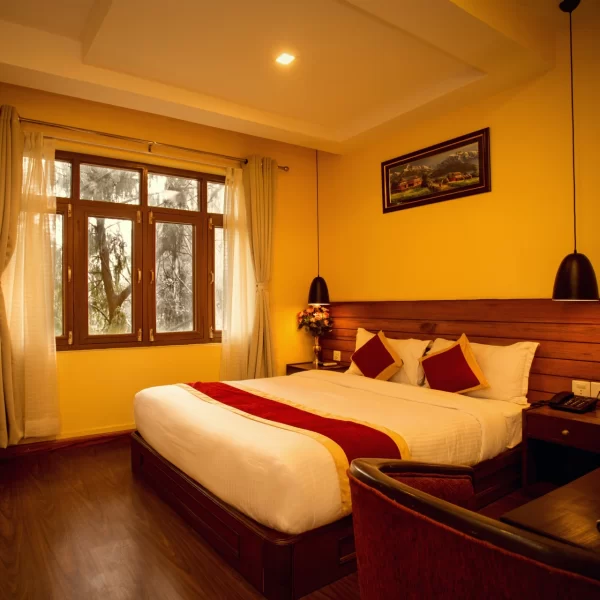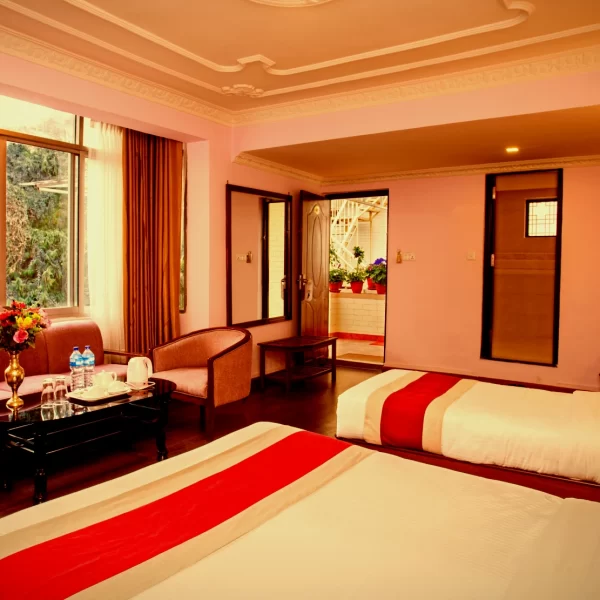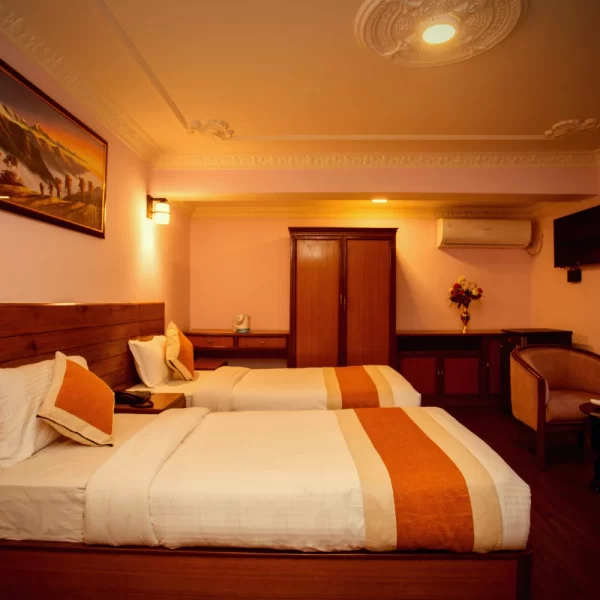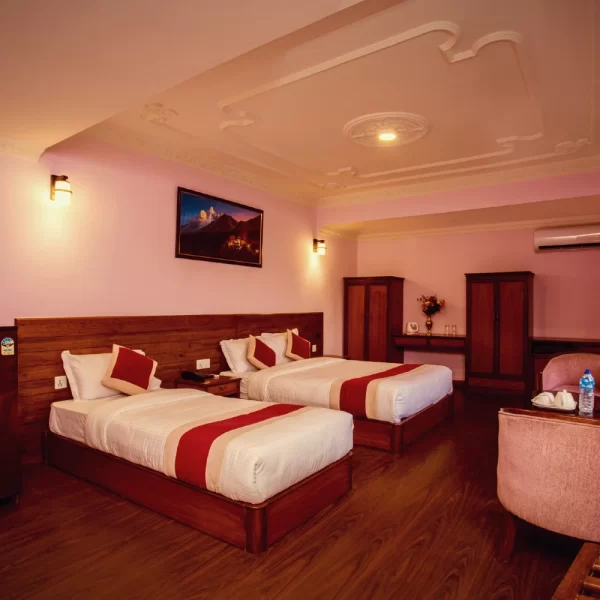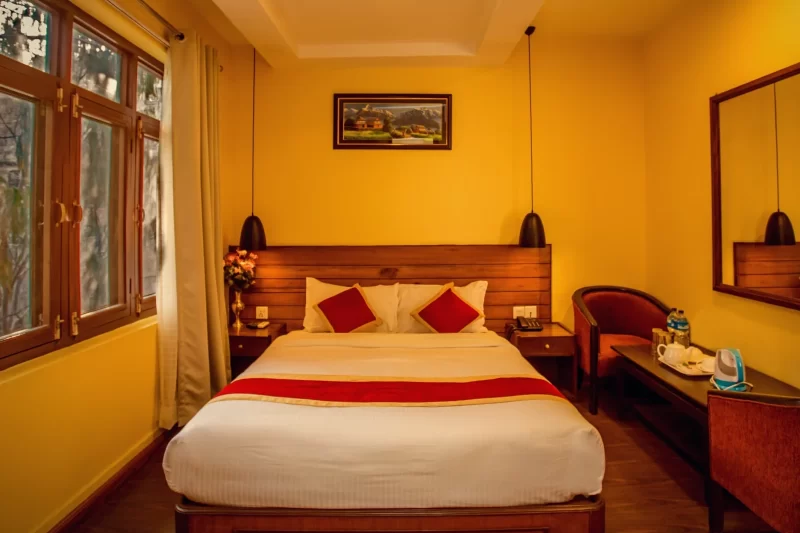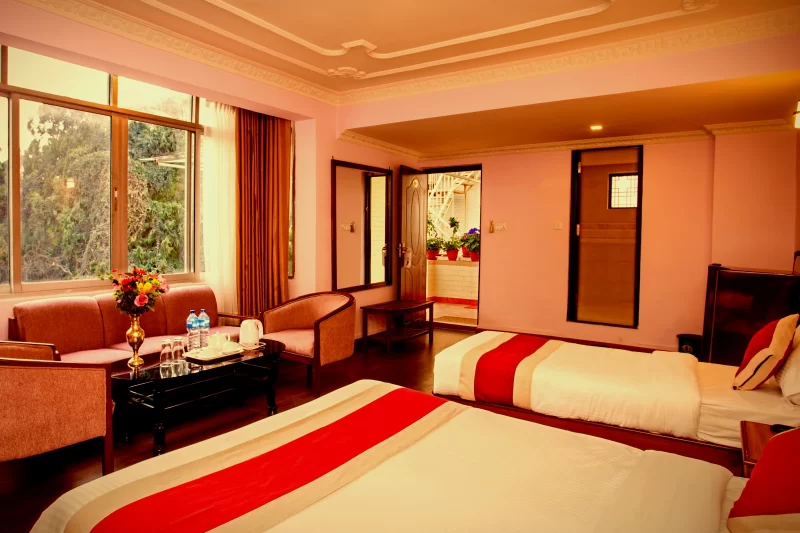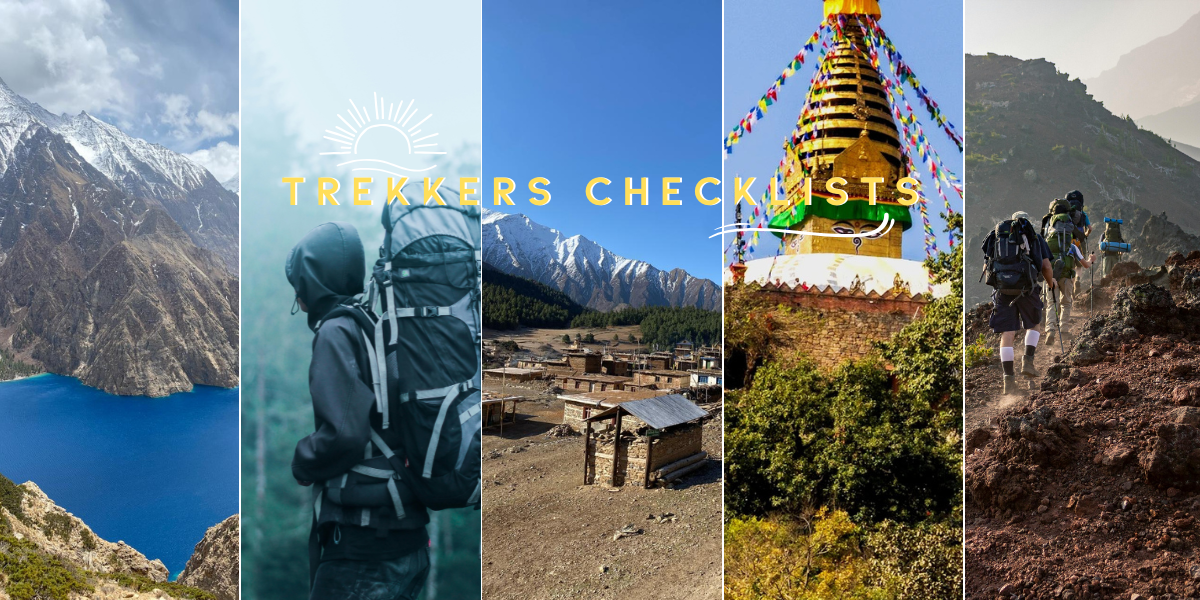
“Last spring, as I huffed and puffed my way up the steep stone steps toward Namche Bazaar, I had a revelation that only seems to come when you’re at 11,000 feet with burning thighs: I’d packed way too much stuff.” – Jason
Are you same like Jason who don’t know how to pack your gears efficiently and what’s Trekkers checklist?
We know that Nepal’s Himalayan trails are absolutely worth every bead of sweat and aching muscle. But trust me on this one: your experience will be infinitely better with a thoughtfully packed bag that doesn’t feel like you’re hauling a small elephant on your back.
And we got your covered with:
The Essential Gear List (Don’t even think about forgetting these)
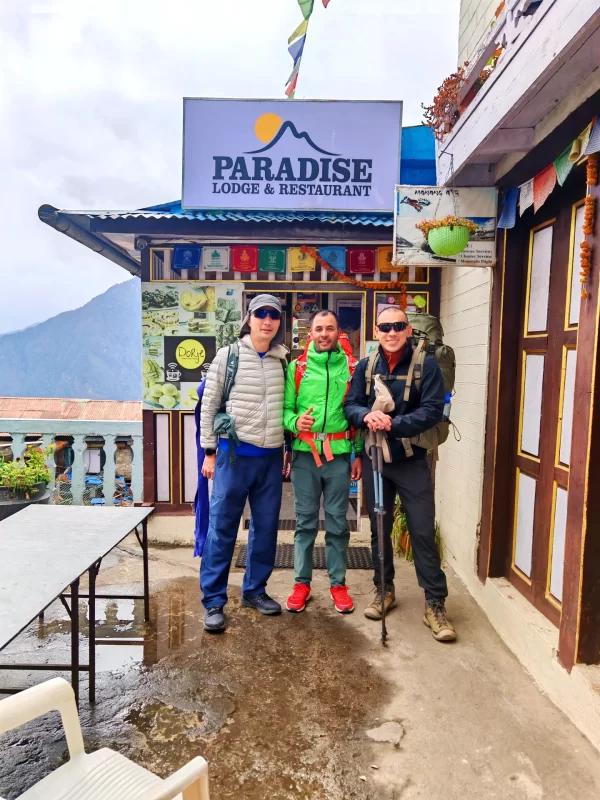
After guiding trekkers for nearly a decade in the Himalayas, I’ve seen it all—from the ultra-minimalists with barely a toothbrush to the kitchen-sink packers who seem prepared for nuclear winter. Somewhere in the middle lies the sweet spot.
You know what’s worse than being cold in the mountains? Being sweaty, then cold, then unable to dry your clothes. That’s why layering is your best friend:
Clothing That Works Hard
- 2-3 moisture-wicking t-shirts or long-sleeves (not cotton—seriously, just don’t)
- 1 warm mid-layer fleece or wool sweater
- 1 down or synthetic insulated jacket (worth every penny and ounce)
- 1 waterproof/windproof outer shell jacket
- 2 pairs of trekking pants (the zip-off convertible ones look dorky but are pretty practical)
- 3-4 pairs of good hiking socks (merino wool is amazing if your budget allows)
- Proper underwear (quick-dry, anti-chafe—your thighs will thank you later)
- Warm hat, sun hat, and gloves
I once saw a guy attempt the Annapurna Circuit in jeans. Don’t be that guy—he didn’t make it past day three.
Footwear That Won’t Fail You
- Speaking of painful lessons, I’ve learned this one the hard way: never skimp on what goes on your feet.
- Well-broken-in hiking boots with ankle support (waterproof is best)
- Camp shoes/sandals (your feet will be begging for air after a long day)
- Those lightweight trail runners might be tempting, but when you’re crossing a stream of glacial meltwater with uneven rocks, you’ll wish you had proper boots.
Health & Safety Kit
The mountains don’t care about your itinerary, and rural Nepal isn’t exactly known for its corner drugstores. Pack:
- Basic first aid supplies (bandages, blister treatment, antiseptic)
- Personal medications plus some general painkillers
- Rehydration salts (lifesavers for altitude headaches)
- Hand sanitizer and toilet paper (sometimes luxury items on the trail)
- Sunscreen and lip balm with SPF (the sun is FIERCE at altitude)
- Water purification (tablets, SteriPEN, or filter bottle)
Oh, and about altitude sickness? It doesn’t care how fit you are or how many mountains you’ve climbed before. Take it slow, stay hydrated, and listen to your body. Pride has no place above 10,000 feet.
The Tech Stuff
I’m a bit old-school, but even I appreciate certain gadgets on the trail:
- Headlamp with extra batteries (power outages are common in teahouses)
- Phone with offline maps downloaded (Gaia GPS has saved me numerous times)
- Portable charger (solar options work great in the mountain sunshine)
- Camera (the vistas deserve better than just phone photos, if possible)
What to Leave With Us
Here’s where it gets interesting. Most trekkers don’t realize that you don’t need to haul everything up and down mountains. In Kathmandu, many trekking companies (including our Hotel Blue Horizon) offer storage for your non-essential items.
Consider leaving behind:
- Your fancy outfits for Kathmandu nights out (yes, even that “packable” dress)
- Extra electronics, laptops, and chargers
- Most of your toiletries (a small travel set is fine—you’re going to be sweaty anyway)
- Excess cash and cards (just take what you need plus emergency money)
- Anything you’d be devastated to lose (the trail can be unpredictable)
The Intangibles: Bring These Along
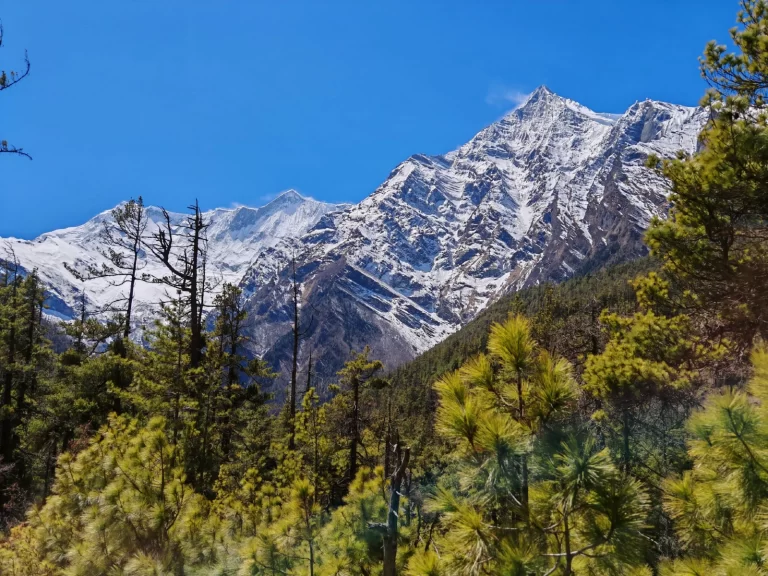
After dozens of treks, I’ve realized some of the most important things to pack don’t take up any physical space:
- Patience (things move on “Nepal time”—fighting it only ruins your experience)
- Flexibility (weather changes, trails close, plans adjust)
- Respect (you’re a guest in both a country and a fragile mountain ecosystem)
- A sense of humor (it will get tough, and laughing helps more than complaining)
Final Thoughts from Someone Who’s Been There
Maybe this is strange to admit as a trekking guide, but my favorite Nepal memories aren’t just about conquering passes or reaching base camps. They’re about the unexpected moments—sharing tea with a local grandmother who speaks no English but communicates perfectly through smiles, or the impromptu dance party in a teahouse when a storm kept us all indoors.
Pack light, but make room for experiences. The mountains have been here for millions of years—they have plenty to teach us about what’s truly essential.
So lace up those boots, adjust your pack straps, and get ready for the adventure of a lifetime. Nepal’s trails are waiting, and trust me—they’re worth every step.

